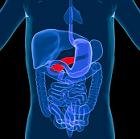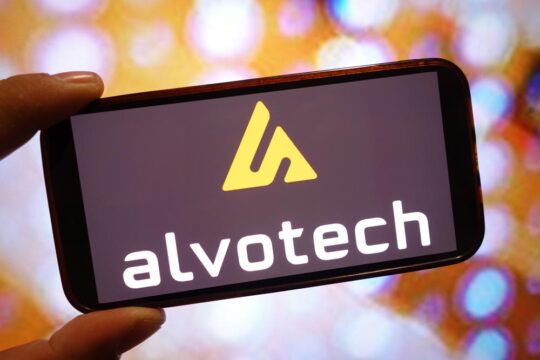Advertisment
ADA 2014 Report: Hope for artificial Pancreas

A bihormonal “artificial pancreas” improved glycemic control and led to less hypoglycemia in type 1 diabetes patients, researchers reported here.
In two crossover studies — one in adults, one in adolescents — mean plasma glucose levels fell over the 5 days that patients wore the closed-loop system and went about their normal lives, Edward Damiano, PhD, of Boston University, and colleagues reported online in the New England Journal of Medicine and at the American Diabetes Association meeting.
The device — described as a “wearable, automated, bihormonal, bionic pancreas” — also lowered the mean amount of time that patients registered a low glucose reading, they reported.
There have been few outpatient studies of closed-loop insulin delivery in the U.S., let alone outpatient trials of bihormonal delivery with insulin and glucagon, but Steven Russell, MD, PhD, of Massachusetts General Hospital in Boston, a co-author on the study, said his group tried to allow patients an experience as close to their daily routines as possible.
To better assess a bihormonal closed-loop system in the real world, Russell and colleagues conducted two crossover studies in two distinct outpatient settings.
The 20 adults were encouraged to go to work and continue their daily routines, while the 32 adolescents participated in a diabetes camp. Both groups were closely monitored by a nurse who was constantly checking up on their data, Russell explained.
For the study’s crossover design, they wore an insulin pump for 5 days and the closed-loop system for 5 days.
The closed-loop system involved an algorithm that ran on the iPhone 4S, along with a G4 Platinum continuous glucose monitor (CGM) from Dexcom that provided data every 5 minutes. The insulin and glucagon were administered by a t:slim infusion pump made by Tandem Diabetes Care.
Overall, the device improved mean glycemic levels while cutting hypoglycemia for both adults and adolescents, Russell said.
For adults, mean plasma glucose levels fell over the 5 days on the closed-loop system compared with the control period, from 159 mg/dL to 138 mg/dL.
They also spent a lower percentage of time with low glucose readings (70 mg/dL or lower) — falling from 7.3% to 4.8% — and there were no severe hypoglycemic events.
Russell noted that the most significant changes occurred after the first day when patients were adapting to the system.
He and his team saw a similar pattern among adolescents: mean plasma glucose levels were lower during the time on the closed-loop system than during the control period (138 mg/dL versus 157 mg/dL, P=0.004).
The mean frequency of interventions for hypoglycemia was also lower with the device (one per 1.6 days versus one per 0.8 days, P<0.001), and there were no episodes of severe hypoglycemia.
However, the percentage of time spent in a low glucose range was similar during two periods, at 6.1% and 7.6%, respectively. Russell said that may have had something to do with the fact that the kids were participating in a diabetes camp, where surveillance may have been tighter.
And three patients during each study period on the device had transient hyperketonemia, which resolved after the infusion set was changed, or in one case after a technical problem with the bionic pancreas was corrected, they reported.
The researchers concluded that despite the limitations of currently available technologies, the “use of the bihormonal bionic pancreas in our two short-term studies resulted in better glycemic control than is possible with the current standard of care.”
Betul Hatipoglu, MD, an endocrinologist at Cleveland Clinic who was not involved in the study, called the results “promising.”
“The use of a device to treat type 1 diabetes is significant and exciting,” Hatipoglu told reporters. “The bionic pancreas in this research was able to deliver insulin and glucagon, two hormones that patients with type 1 diabetes need.”
However, she said more trials will be needed to explore the technology, particularly the findings on the lack of a significant difference in reduction of hypoglycemic episodes in youth.
The study was supported by the National Institute of Diabetes and Digestive and Kidney Diseases.
Reference: Russell SJ, et al “Outpatient glycemic control with a bionic panc10.1056/NEJMoa1314474reas in type 1 diabetes” New Engl J Med 2014; DOI: 10.1056/NEJMoa1314474.





